The Wheel of the Year is an annual cycle of seasonal festivals, observed by many modern Pagans. It consists of either four or eight festivals: either the solstices and equinoxes, known as the “quarter days”, or the four midpoints between, known as the “cross quarter days”; syncretic traditions like Wicca often celebrate all eight festivals.
The festivals celebrated by differing sects of modern Paganism can vary considerably in name and date. Observing the cycle of the seasons has been important to many people, both ancient and modern, and many contemporary Pagan festivals are based to varying degrees on folk traditions.
Among Wiccans, the festivals are also referred to as sabbats, with Gerald Gardner claiming this term was passed down from the Middle Ages, when the terminology for Jewish Shabbats was commingled with that of other heretical celebrations.
Origins
The contemporary Wheel of the Year is somewhat of a modern innovation. Many historical pagan traditions celebrated various equinoxes, solstices, and the days approximately midway between them (termed cross-quarter days) for their seasonal and agricultural significances. But none were known to have held all eight above all other annual, sacred times. The modern understanding of the Wheel is a result of the cross-cultural awareness that began developing by the time of Modern Europe.
Mid-20th century British Paganism had a strong influence on early adoption of an eightfold Wheel. By the late 1950s, the Wiccan Bricket Wood Coven and Order of Bards, Ovates and Druids had both adopted eightfold ritual calendars, for balance and more frequent celebrations. This also had the benefit of more closely aligning celebration between the two influential Pagan orders.
Due to early Wicca’s influence on Paganism and their syncretic adoption of Anglo-Saxon and Celtic motifs, the most commonly used English festival names for the Wheel of the Year tend to be Celtic and Germanic.
The American Ásatrú movement has adopted, over time, a calendar in which the Heathen major holidays figure alongside many Days of Remembrance which celebrate heroes of the Edda and the Sagas, figures of Germanic history, and the Viking Leif Ericson, who explored and settled Vinland (North America). These festivals are not, however, as evenly distributed throughout the year as in Wicca and other Heathen denominations.
The Lost Bearded White Brother
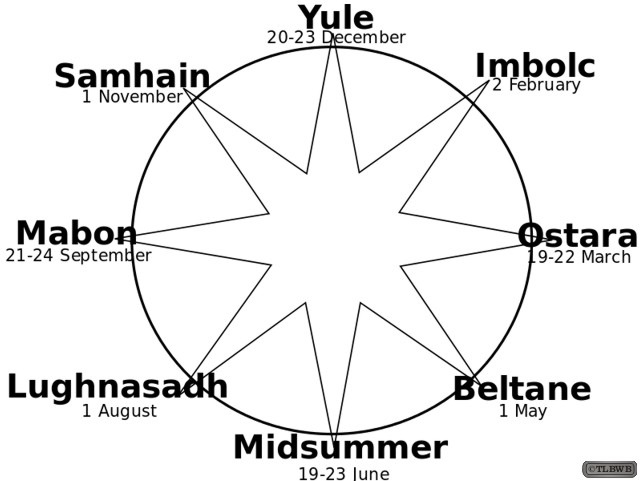
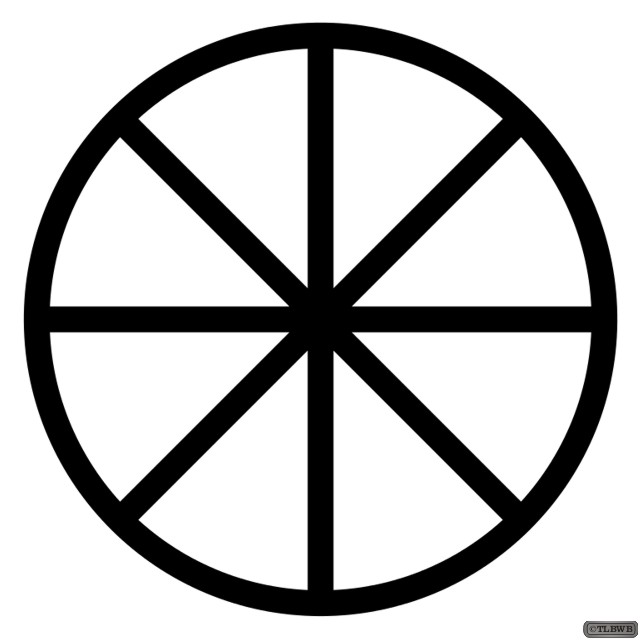
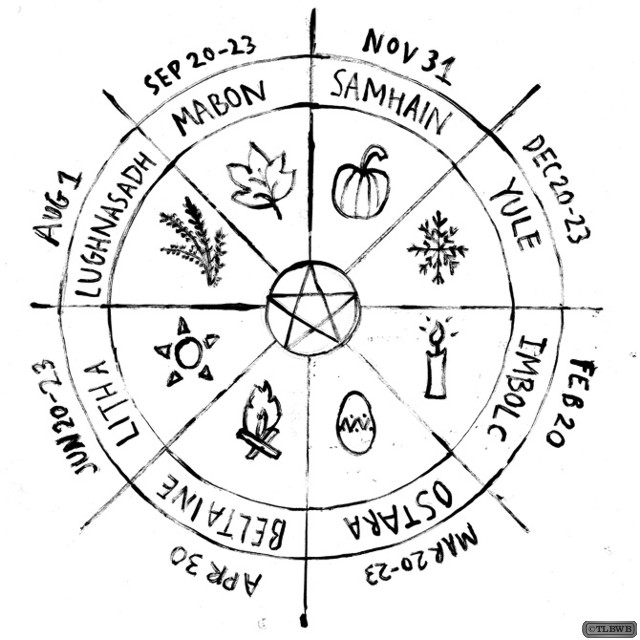
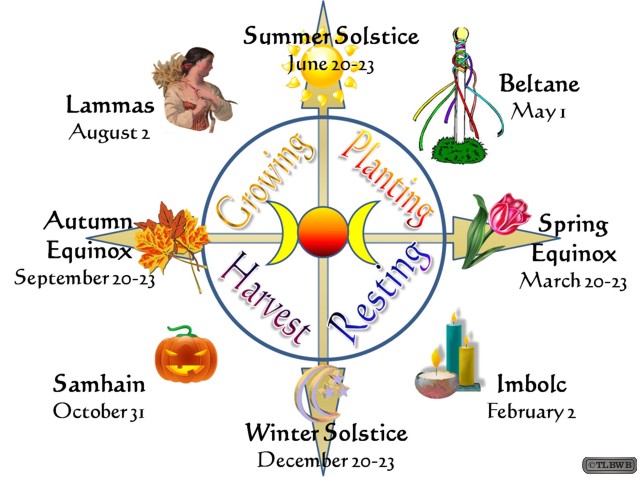

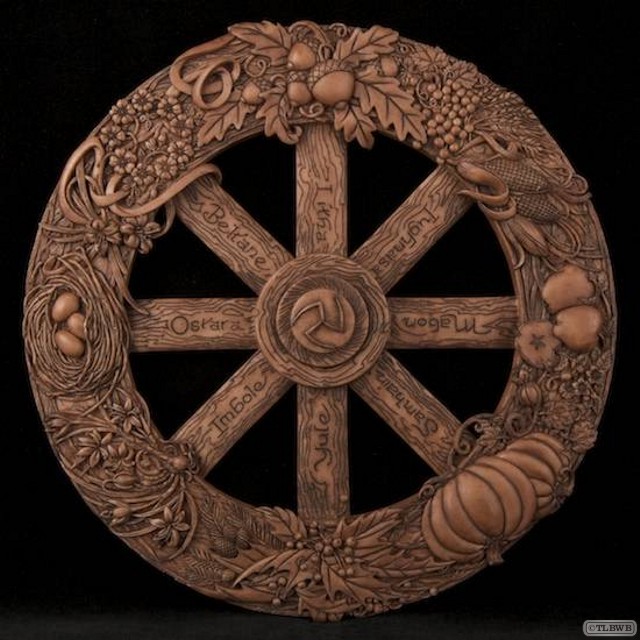
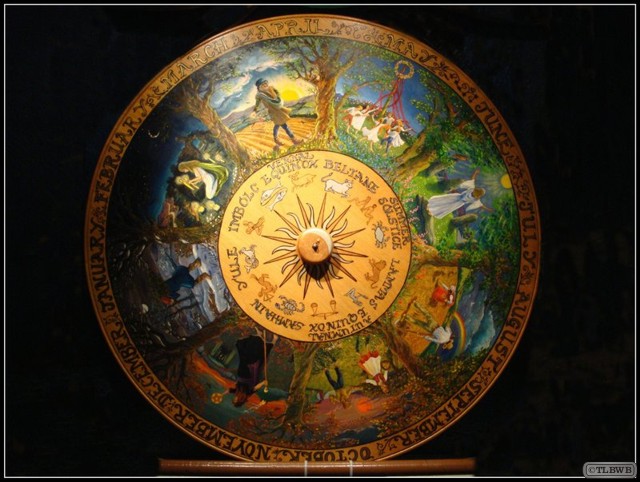
Leave a Reply